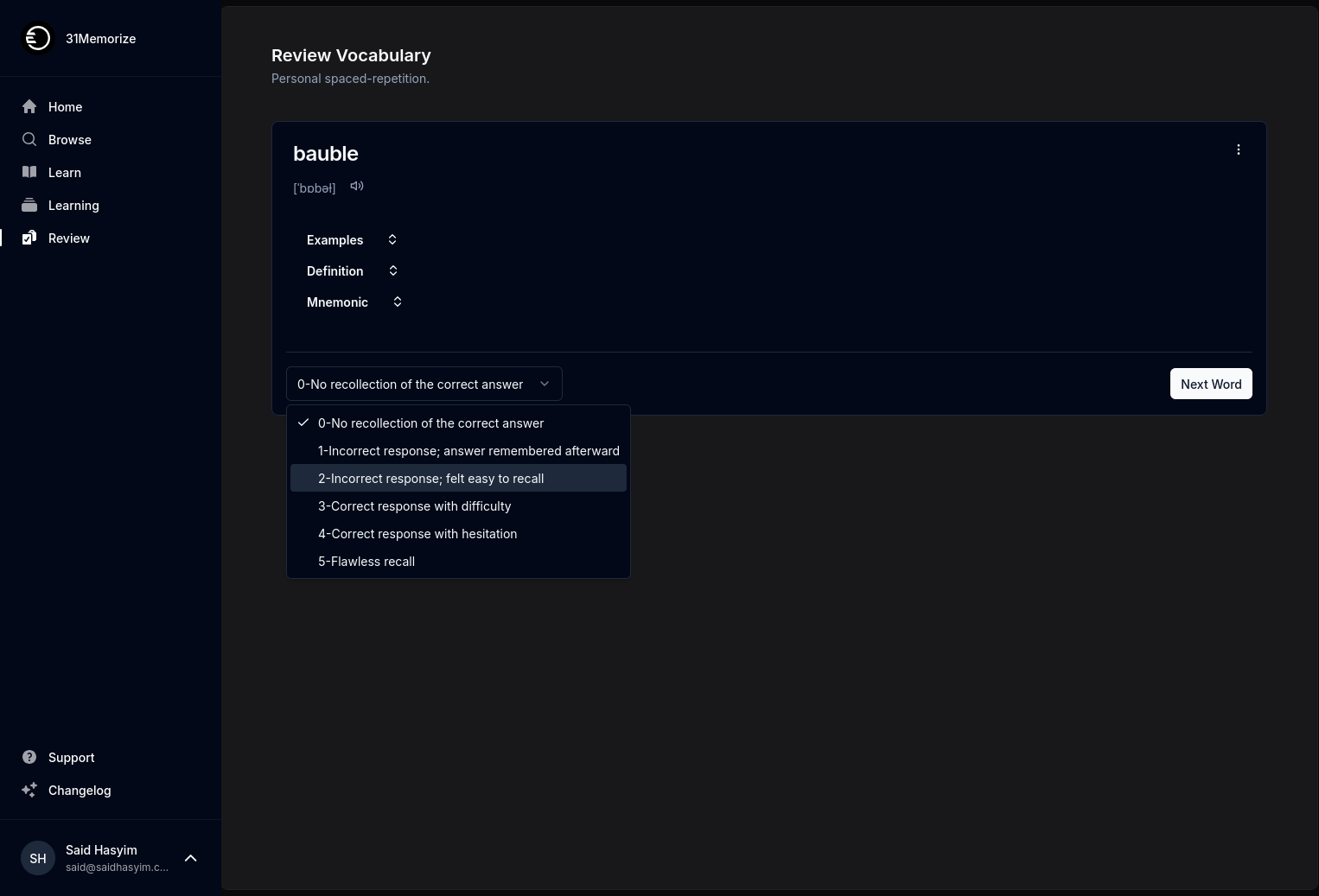Evolving Your Writing Strategy with Ratings Insights
In today's fast-paced digital world, writers are continuously seeking ways to engage their audience, maximize reach, and create compelling content. One effective yet often overlooked approach is using ratings insights to inform and evolve your writing strategy. By understanding audience preferences and feedback, writers can tailor their work to enhance reader satisfaction and connection.
What are Ratings Insights?
Ratings insights are data points derived from audience feedback, including likes, dislikes, comments, shares, and reviews. These metrics can reveal how well content resonates with readers, helping writers refine their styles and topics. When utilized effectively, these insights can be a game-changer in developing a successful writing strategy.
The Importance of Ratings Insights in Writing
Understanding Audience Preferences
Ratings insights enable writers to gauge what their audience enjoys. Analyzing feedback helps uncover patterns in reader behavior, allowing writers to identify which topics, tones, and formats resonate most. This understanding is crucial in creating content that meets audience expectations and captures their interest.Identifying Trends
By consistently monitoring ratings, writers can spot emerging trends within their genres or niches. These trends may include popular themes, language styles, or even current events that readers are talking about. Tapping into these trends can keep your writing relevant and timely, ensuring you stay ahead of the curve.Fine-tuning Writing Style
Every writer has a unique voice, but not all voices are equally effective with every audience. Ratings insights can indicate whether a more formal or conversational writing style is preferred. Writers can adapt their tone based on this feedback, refining their approach to better align with reader expectations.Enhancing Engagement
Understanding what engages readers allows writers to create more captivating content. If ratings show that particular topics generate higher engagement levels, writers can incorporate similar themes into their work. Additionally, feedback can provide clues on how to write more engaging headlines, introductions, or calls to action.Creating Targeted Content
Ratings insights can guide writers in creating targeted content that caters to specific segments of their audience. By identifying which demographics engage most with certain topics or styles, writers can craft tailored pieces that speak directly to those groups, fostering a stronger connection with their readers.
How to Collect and Analyze Ratings Insights
Utilizing Feedback Forms
Encouraging readers to provide feedback through surveys or forms can be invaluable. These insights can be quantitative (like star ratings) or qualitative (like comments), both of which can inform your writing strategy.Monitoring Social Media
Social media platforms serve as a valuable source of ratings insights. By paying attention to likes, shares, comments, and reposts, you can glean information about what content resonates with your audience.Analyzing Web Metrics
Tools like Google Analytics can provide insights into which articles or blog posts receive the most traffic and engagement. Understanding reader behavior on your website can highlight which topics generate interest and warrant further exploration.Engaging with Your Audience
Building relationships with your readers through comments and social media interactions can provide direct insight into their preferences. Engaging discussions often yield rich feedback that can influence your writing direction.Reviewing Competitor Content
Analyzing the performance of competitor blogs or articles can also offer valuable insights. By examining how similar topics were received, writers can identify gaps in their own strategies or discover unique angles on popular subjects.
Evolving Your Writing Strategy Based on Insights
Armed with ratings insights, writers can embark on the journey of evolving their strategies. Here are some actionable steps to consider:
Set Objectives
Determine what aspects of your writing strategy you want to evolve based on gathered insights. Are you looking to improve engagement, reach a specific demographic, or explore new topics? Setting clear objectives can guide your content creation efforts.Experiment with New Formats
If feedback indicates a preference for certain formats—like videos, lists, or how-to guides—consider experimenting with these forms. Acknowledging and adapting to reader preferences can create a more engaging experience.Revise Underperforming Content
Look at articles or posts with lower ratings. Investigate if there are commonalities in style, topic, or format that might explain their performance. Revising these pieces with a fresh perspective can breathe new life into them.Regularly Review and Adjust
Continuously monitor ratings insights as you implement changes to your writing strategy. Regular reviews will help you determine whether your adjustments are achieving the desired effects or need further tweaking.Stay Open to Feedback
Responding to reader feedback—both positive and negative—is an integral part of evolving your writing. Encourage open communication and actively listen to your audience's preferences.
Conclusion
In an ever-evolving digital landscape, leveraging ratings insights is crucial for writers aiming to create compelling, engaging, and relevant content. By understanding audience preferences and adapting your writing strategy accordingly, you can foster a deeper connection with your readers and enhance your overall writing effectiveness. Embrace the power of ratings insights and watch your writing evolve into a more impactful form of communication.
Instead of seeing feedback as a static measure of your work, view it as a dynamic tool for continuous growth and improvement. In the end, the better you understand your audience, the more your writing can resonate, captivate, and inspire. Happy writing!
